Last week, Goolwa to Wellington Local Action Planning Association (GWLAP) held a turtle information session at Goolwa. Approximately 20 people came along to learn about turtles and how we can help collect information to help protect them.
It is coming into the time of year when turtles come out of their winter hibernation and we start to see them out and about on land.
Turtles are an important link in the ecological chain but at present turtle births are not keeping up with deaths so local populations are declining dangerously.
Foxes take 93% of turtle eggs from their nests. Human disturbance and driving over nests destroys more eggs. Only 4% of eggs survive as hatchlings to reach the water’s edge. Protecting turtle nesting sites and controlling foxes to reduce predation is critical to give the turtles a chance to build up a strong population again.
About our turtles:
Australian turtles are aquatic – they live and feed in the water but come to land to nest or find other habitat. There are two species of turtle that live near us – Murray short-necked turtle, Emydura macquarii, and the Eastern long-necked turtle (or Eastern snake-necked turtle), Chelodina longicollis.
The Murray short-necked turtle is about the size of a dinner plate and has a short chunky neck. They are not on land that much and you are most likely to see them basking on logs near the water, but they will come on land to nest in November.
The Eastern long-necked turtle is smaller, about the size of a bread/side plate and is the most common species found on land. It has a long, slender neck that folds into the side of the shell and has distinct black markings on the underside of the shell (the plastron). They also emit a pungent smell when you pick them up.
What we can do to help:
TurtleSAT (TurtleSAT.org.au) is a website where you can register a sighting of a turtle (alive or dead) or a nest anywhere in Australia. The website can be added as an icon to the home screen of your mobile device so you can log a sighting at any time. There are plenty of instructions on the website to help you set it up. Or, you can drop in to the Strathalbyn Natural Resource Centre or give GWLAP a call on 8536 5617 for assistance.
The TurtleSAT project is a collaboration between landholders, community, industry, government and business. The turtle mapping will lead to targeted fox control around areas of significant turtle populations.
Other things you can do to help turtles is to keep an eye out for them on the roads. If you see one crossing the road, gently pick it up and move it off the road in the direction it was walking.
Protect nests from foxes – if you are lucky enough to know of a turtle nest GWLAP (gwlap.org.au) can give you some advice on how best to protect it from predation.
If you find injured or sick turtles GWLAP can direct you to wonderful local wildlife support groups who will be able to help them.
This project is supported by the SA Murray-Darling Basin Natural Resources Management Board through funding from the Australian Government’s National Landcare Programme and the NRM levy.
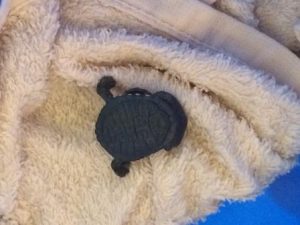
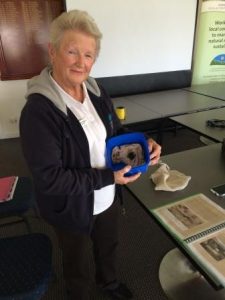
Maureen Agars from Wildlife Welfare Organisation SA Inc. with a baby Eastern long-necked turtle
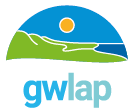
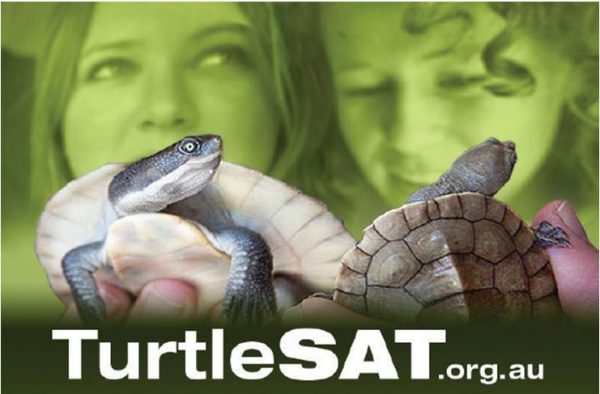
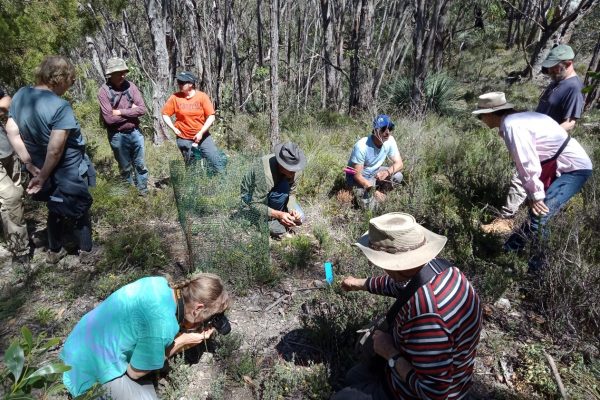
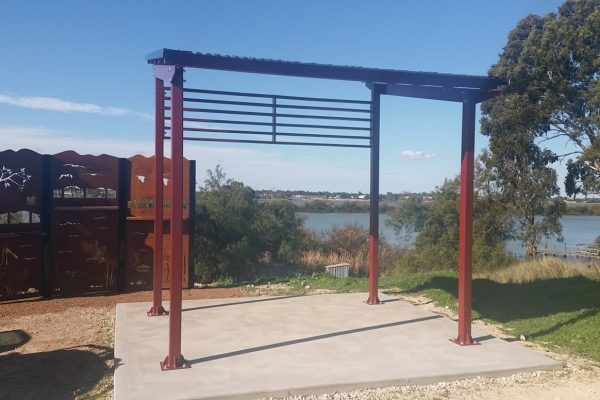
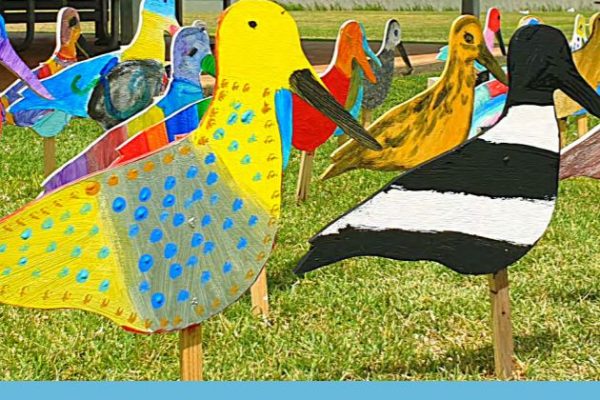
Comment(1)
Kevin Isaac says:
November 17, 2023 at 10:03 pmHi, I believe there are Snake Head Turtles in our Katanning pools called Twonkwillingup (Police Pools).
Cheers, Kevin